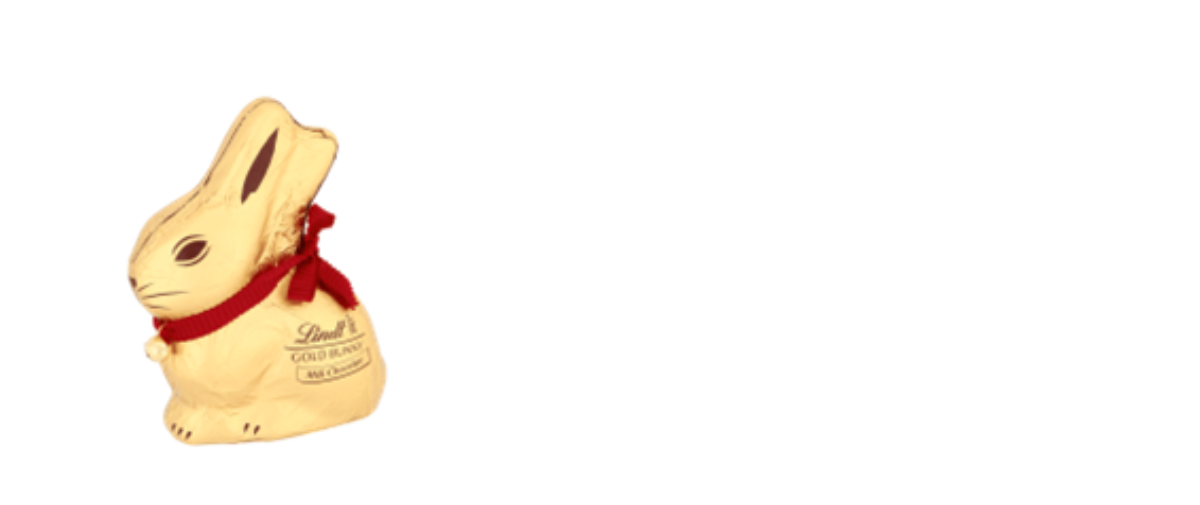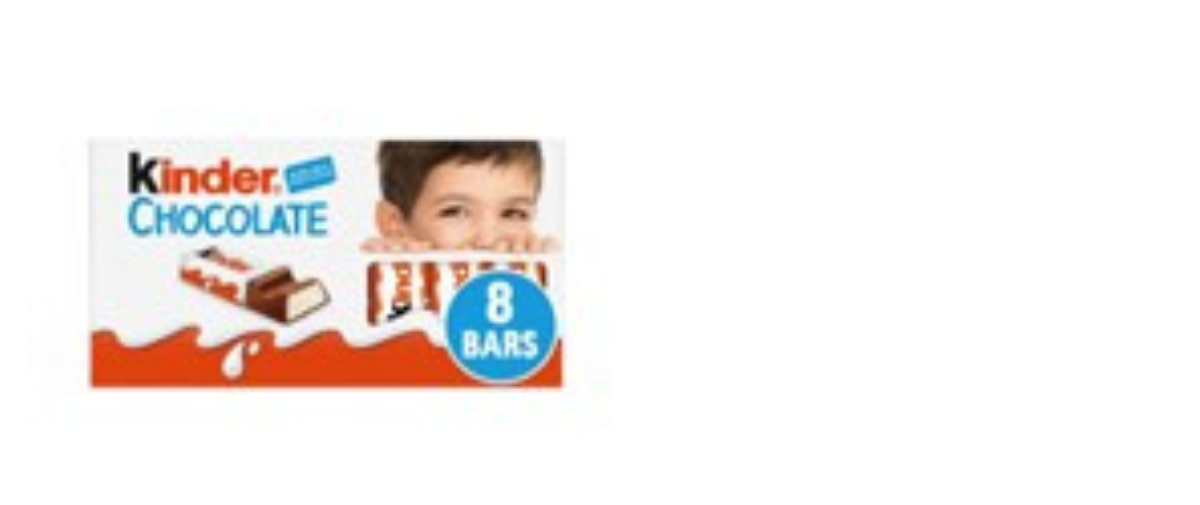In the protection of intellectual property, trade marks and patents often dominate the conversation. On the one hand, trade marks are the first port of call for safeguarding brand identity; on the other hand, patents are key to protecting the technical innovation underlying new products put on the market.
However, nestled between these better known IP rights is an equally vital though frequently overlooked and underused right: registered designs. This article continues our series focusing on the role of designs in preserving a company’s competitive edge and the market appeal of its products, particularly in the food, drink and packaging sectors.
How do registered designs complement trade marks & patents?
The range of what can be protected by registered designs is vast and includes anything from the contours to the texture, from the materials to the colours of the product. Crucially, registered designs may be available for aspects of a product that are excluded from trade mark and patent protection. For example, a shape which gives substantial value to the product in which it is used may be denied trade mark protection. As another example, a presentation of products (e.g. on a website/app) which does not provide any beneficial technical (as opposed to aesthetic/visual) effect will be excluded from patent protection.
Registered designs last up to 25 years, outlasting patents which typically last 20 years. Thus, although after 20 years the technology underlying your product may no longer be protected, the appearance of that product could still be covered by a registered design even after the patent expires. This can be crucial if the reason for your product’s success shifts from its underlying technology to its unique look.
How do registered designs extend copyright protection?
The scope of protection of a registered design extends beyond the exact design which has been registered and includes any design which does not produce on the informed user a different overall impression. This makes them a powerful tool against copycats. Indeed, copycats are often based on minor tweaks to a popular design, but are not entirely copied from that original design; as a result, the sole use of copyrights to protect one’s product may not be sufficient. Instead, the broader scope of registered designs allows products which are slightly different but with the same overall appearance to be covered along the original product.
Any examples?
The characteristics of registered designs make them a really powerful tool for the food and drink industry, in which the get up, the packaging, the shape and decoration of food products, and the presentation of items at the point of sale are extremely important factors contributing to customer choices in the market.
A well-known example of a successful design is the Lindt & Sprüngli “golden rabbit”, various aspects of which (e.g. the bunny shape, the red ribbon, and the golden foil) are each the subject of a separate registered design (protected under UK Designs Nos. 80856600001000 and 6245447 to 6245453). Lindt & Sprüngli also owns several trade marks, including of course the word “Lindt” protected under UK TradeMark No. UK00900134007) and patents regarding the production of its chocolates, for example vegan chocolates (protected under International Patent Application WO2024208870A1).
A more recent example from the drinks industry are the “Prime” (protected under UK Trade Mark No. UK00003856073) bottles and cans, which are easily recognisable from their flashy colours and bold logo. Their bottles, however, do not seem to be protected as a registered design.
 Meanwhile, in the snacks aisle, it is impossible not to recognise the classic yellow and blue “Tuc” crackers packaging. Naturally, Tuc is a trade mark (protected under UK Trade Mark UK00003441121) and its package is also protected by a trade mark (protected under UK Trade Mark UK00906704605). Mondelez, which produces Tuc, also owns various patents, for example in relation to the easy opening features of packaging that may be used for Tuc and other snacks like chocolate bars (see European patent EP3074321B1). However, Mondelez also files registered designs to protect certain aspects of its products, such as how holes are disposed on the surface of its crackers (protected under UK design 90032730280003).
Meanwhile, in the snacks aisle, it is impossible not to recognise the classic yellow and blue “Tuc” crackers packaging. Naturally, Tuc is a trade mark (protected under UK Trade Mark UK00003441121) and its package is also protected by a trade mark (protected under UK Trade Mark UK00906704605). Mondelez, which produces Tuc, also owns various patents, for example in relation to the easy opening features of packaging that may be used for Tuc and other snacks like chocolate bars (see European patent EP3074321B1). However, Mondelez also files registered designs to protect certain aspects of its products, such as how holes are disposed on the surface of its crackers (protected under UK design 90032730280003). Another example from the chocolate industry is Ferrero’s Kinder chocolate bar, with the iconic kid on a white-red background. “Kinder” is a trade mark (protected under International Registration WO0000001034912) but the box is protected by registered designs, for example for its colour and the position of the kid on the box (protected under UK Design Nos. 90004535500001 and 90044279120008) and so is the packaging of each individual bar (protected under UK Design Nos. 90044279120005 and 90044279120004). Ferrero also files patent applications in relation to, for example, the sheets used to package its products (protected under International Application No. WO2017089919A1)
Another example from the chocolate industry is Ferrero’s Kinder chocolate bar, with the iconic kid on a white-red background. “Kinder” is a trade mark (protected under International Registration WO0000001034912) but the box is protected by registered designs, for example for its colour and the position of the kid on the box (protected under UK Design Nos. 90004535500001 and 90044279120008) and so is the packaging of each individual bar (protected under UK Design Nos. 90044279120005 and 90044279120004). Ferrero also files patent applications in relation to, for example, the sheets used to package its products (protected under International Application No. WO2017089919A1)
 When do you need a registered design?
When do you need a registered design?
The question of whether a registered design could be useful often arises in the context of a trade
mark or patent application, so it is helpful to look at this issue from the perspective of a trade
mark applicant and of a patent applicant.
Of course, whichever of trade marks, designs or patents you consider first, it is always important to look into whether the other two can provide complementary protection.
Trade marks
Trade marks cannot be registered for certain shapes, particularly those that result from the nature of the product and those which add substantial value to the product. However, a design may usually be registered for the particular shape of a product or of a part of it. There is however no restriction on how much value a shape in a registered design can add to a product.
Also, trade marks may be difficult to register where they are not sufficiently distinctive at the time of registration, for example where consumers perceive them more as a decoration than a trade mark. This may well change later, as consumers begin to associate a particular packaging with the associated brand, but, in the early stages of launching a new product or brand, designs can prove quite useful in protecting what trade marks cannot yet cover.
Patents
Patents cannot be granted for aspects of a product that are not considered to have a technical effect. Of particular relevance to the food, drink, and packaging field are the exclusions regarding aesthetic creations and presentations of information.
For example, the way a product’s packaging makes it easier to wrap a product in a factory or unwrap it for consumption may be the subject of a patent application. However, there may be more to this kind of innovation. Does the packaging have aesthetically pleasing features used to indicate to a consumer how or where the product should be unwrapped? Does the process to produce the wrapping result in aesthetically pleasing marks on the wrapping itself which might influence a consumer to by the product? Is the wrapping supplied in a particular colour or with a particular decoration which may later become well known in the market or that a survey indicates as preferred according to subjective user preferences?
Positive answers to questions such as these often indicate that, in your patented product, there may be other valuable aspects which should be protected by a registered design.
Key takeaways
Registered designs can be a really powerful tool, especially for the food and drink industry, and complement your IP rights portfolio providing protection where patents and trade marks are not available, or prior to and/or in addition to patent and trade mark protection.
Stay tuned for more on the power of registered designs in our future newsletters.
If you have any questions or for more information, please contact Rowena Tolley, Alessandro Sona, or your usual Kilburn & Strode advisor.